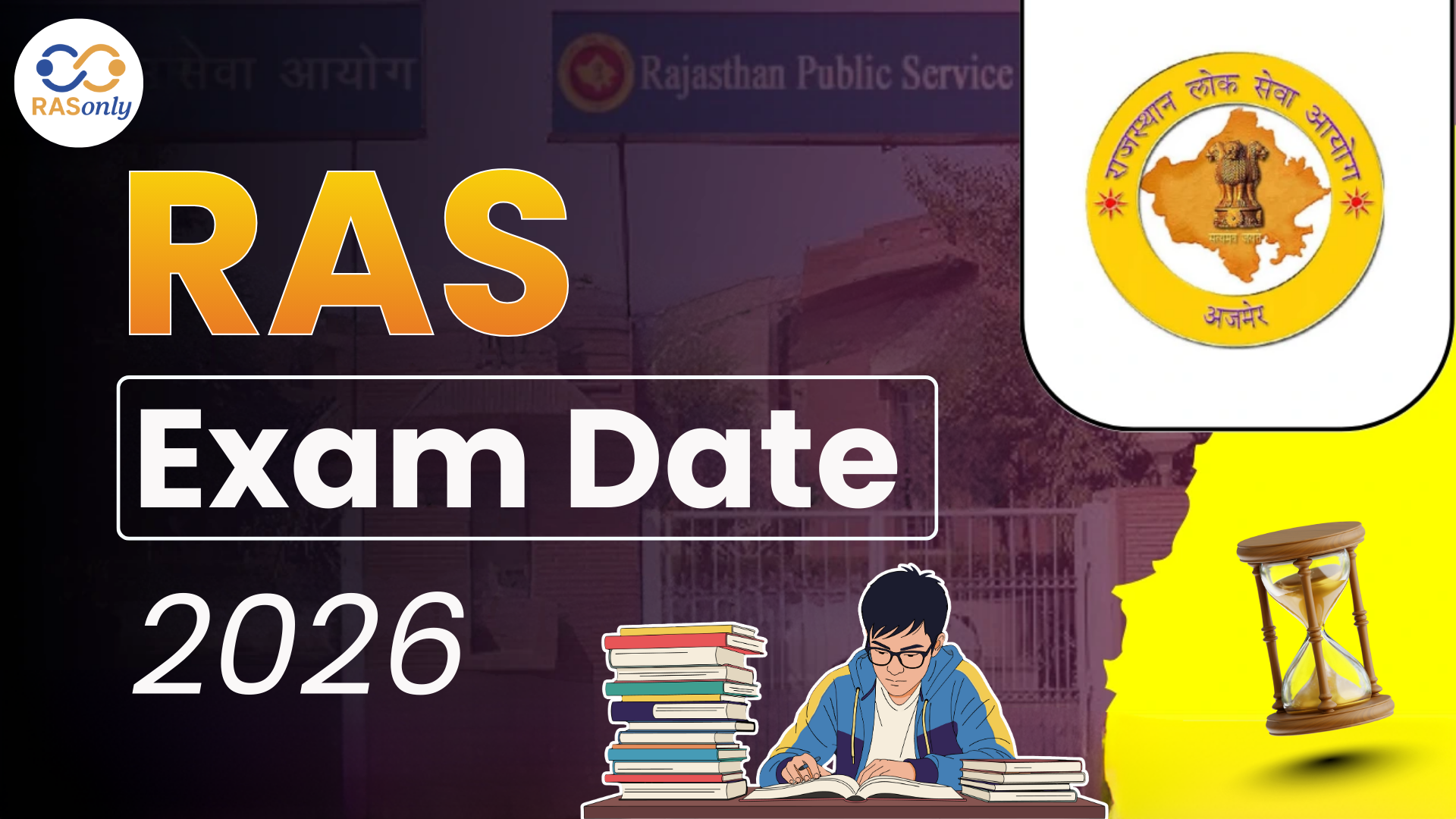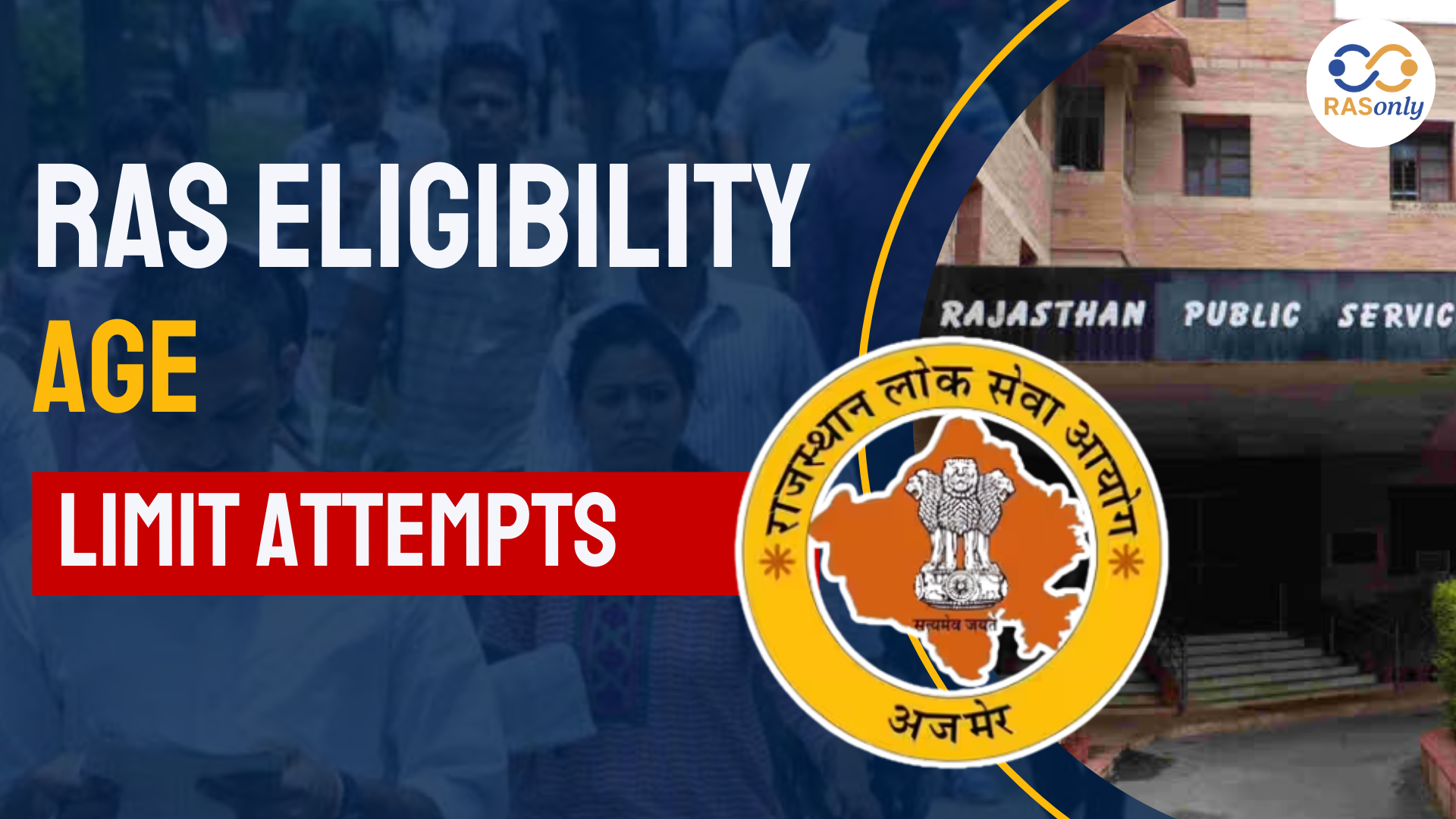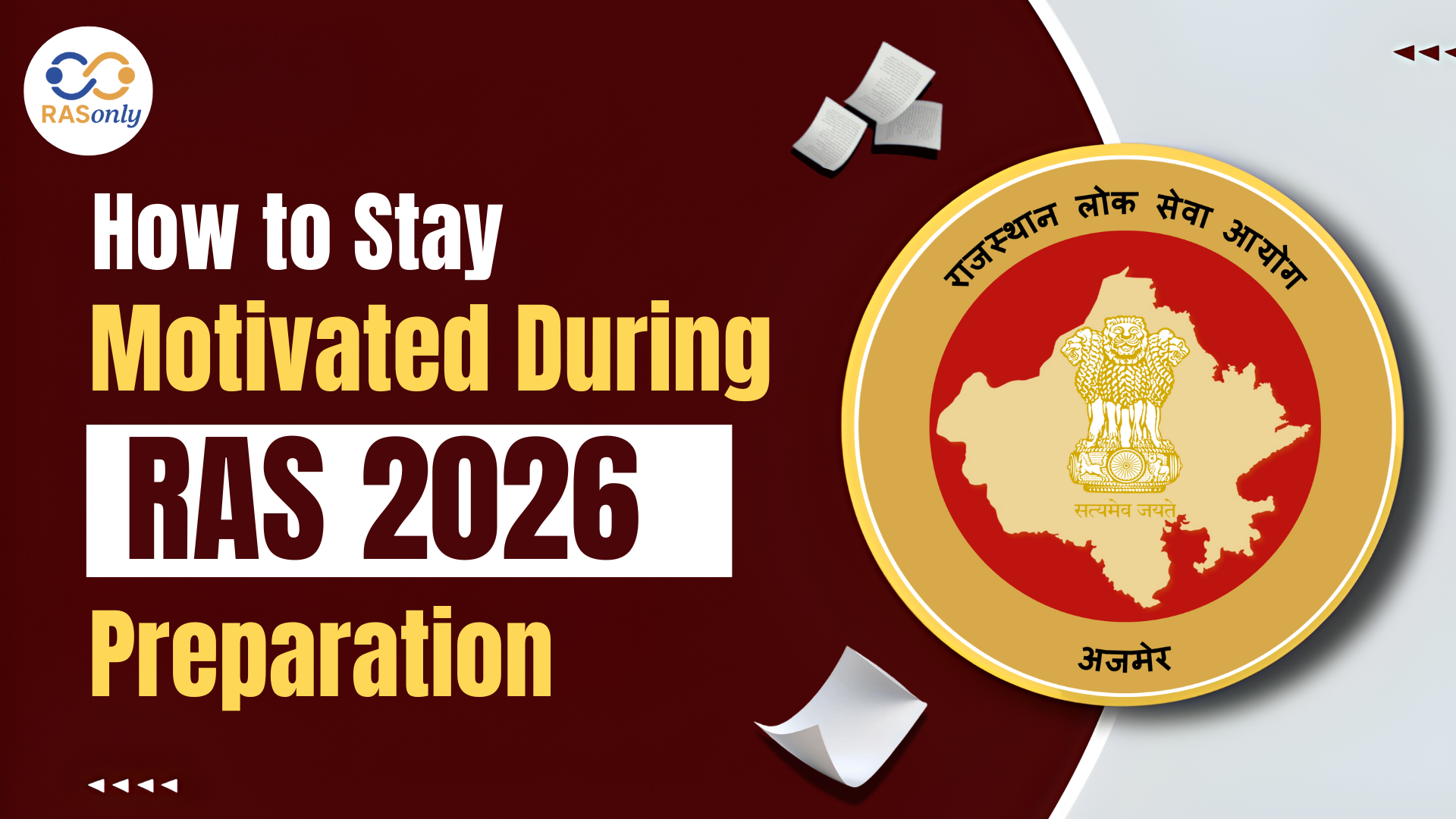RAS Exam Date 2026 for Notification, Prelims, Mains Date
- >
- RAS Preparation Resources
- >
- Dutch East India Company: Arrival, Background, War
Dutch East India Company: Arrival, Background, War


One of the important figures in colonial India was the Dutch East India Company that arrived after the Portuguese as the second European power. They placed a lot of emphasis on the profitable trade in spice and extended it to India and Asia. The economic competition, military struggles, and territory domination characterized the Dutch competition with the Portuguese and subsequently the British. The influence of the Dutch declined with time and they pulled out of India leaving behind a trace of trade and war.
Key Points for RAS Mains
Rise to Power in Indian Trade
Early Dutch Ventures
- 1596: The expedition led by Cornelis de Houtman to Sumatra and Bantam was the first attempt by the Dutch to visit the East Indies.
- 1602: The States-General of the Netherlands created the Dutch East India Company, bringing together the different Dutch companies and enterprises into trade together with warfare, diplomacy and acquisition of territory making it a strong organization with great powers.
Establishment of the Trading Posts
- 1605: The Dutch made their first trading post in Masulipatnam, Andhra Pradesh.
- In the next decades the Dutch increased their presence forming a few hubs:
- Dutch Surat (1616)
- Dutch Bengal (1627)
- It was captured by Ceylon (1656) from the Portuguese.
- 1671: Portuguese forts were captured by the Dutch on the Malabar Coast making their control of the area even stronger.

Spice Trade and Commodities
- The Dutch were extremely engaged in the spice business, and they dominated the black pepper, cloves, and nutmeg, having their origins in the East Indies.
- Other commodities such as cotton, indigo, silk, rice, and opium were traded amongst them.
- The monopoly they had in the spice trade enabled them to charge higher prices which affected world trade.
Focus on Trade and Expansion
- The Dutch East India Company wanted to dominate the spice trading especially with their colonies in Indonesia and their activities in India.
- The Dutch also increased their empire in South-East Asia by setting up trading posts in Banten (1603), Batavia (Jakarta, 1610), and Cape of Good Hope (1652).
Some significant Trading posts in India
- Masulipatnam (1605): First factory in India.
- Pulicat (1610): key Indian trading center and port in the south.
- Surat (1616): A trading center for the textile industry.
- Bengal (1627): The large producer of textiles and saltpeter.
Dutch vs. Portuguese
- Dutch Invasion of Kochi: The Dutch military attack on the Portuguese fortress in India was a turning point in the rivalry of power struggles to control the area.
- Taking over Trade Routes: Dutch conquered major Portuguese forts and interfered with their trade especially spices.
- The Portuguese lost their influence in India and were replaced by the Dutch by the year 1656.
Anglo-Dutch Rivalry
- The Dutch and the English characterized it by strong competition in dominating the spice trade in the East Indies.
- 1623: The Amboyna Incident aggravated the situation with the Dutch army shooting the English merchants.
- Treaty of Breda (1667): The Dutch made a decision to leave India and concentrate on the more lucrative activities in Indonesia which meant they had changed their colonial priorities.
- English Victory at Hooghly (1759): The Battle of Bedara was another observation that weakened the Dutch position even more in India, leading to the ultimate retreat of the Dutch in India.
Weakening of Dutch Authority in India.
- Following the battle with the Portuguese and the Anglo Dutch Wars, the Dutch East India Company turned to more profitable spheres, in particular East Indies and Southeast Asia.
- 1759: The Dutch were beaten to a crippler at Hooghly in Bengal, and all rivalry between them and the English in India was terminated.
Battle of Colachel (1741): Travancore Beats Dutch.
- It is important because the initial Indian state (Travancore) emerged victorious against a colonial power (Dutch) of Europe.
- Causes of the Battle: There was a territorial conflict over the spice trade and taxes on pepper that caused conflict.
- Result: The forces of Maharaja Marthanda Varma overcame the Dutch even with the high level of artillery and they marked the cessation of the Dutch domination in the south of India.
The Netherlands Heritage and Colonialism.
- The Dutch East India Company in India left behind colonial infrastructure especially in trade and administration.
- Cultural Interchanges: Dutch influence led to the formation of Indo-Dutch relations with significant cases of architectural and trade influence in such areas as Surat and Bengal.
Dutch East India Company role.
- Economic Focus: It was a commercial organization that had economic interests; the organization did not seek to take control of India on a long term basis in political terms as the British.
- Trade Networks: Dutch East India Company had set up one of the most efficient and extensive trade networks which influenced the spice trade and the shaping of the global markets.
- Recession and Retaliation: The competition between the Dutch East India Company and Portugal and England, and civil turmoil also contributed to the slow downfall of the company in India.
Dutch-British Rivalry
- The rivalry between the Dutch and the English East India Companies was one of the factors which determined the colonial history of India and Southeast Asia having impact on the maritime and trade routes.
Conclusion for RPSC RAS
The Dutch East India Company was a major participant in the spice trade and the initial European colonialism in India. Although they had initially succeeded, they failed in their battles against the Portuguese and the British and a rise in internal strife resulted in the ultimate loss of control by the Dutch in India. Nevertheless, their business activities and especially in textiles, spices, and economic inventions made a mark on the history of colonization in the area.
Also Read: Regulating Act of 1773
Post Category
- RAS Salary
- Result
- RAS Admit Card
- RAS Job
- RAS Cutoff
- Preparation Tips
- RAS Answer Key
- RAS Exam Analysis
- RAS Syllabus
- RAS Previous Year Papers
- RPSC RAS Exam Pattern
- RAS Interview
- RAS Mains Exam Date
- RAS Vacancy
- RAS Test Series
- RAS Best Books
- RAS Preparation Resources
- RAS Coaching Centre
- History
- Polity
- Geography
- Economics
- Science
- Art and Culture
- RPSC RAS Application Form
- RPSC RAS Notification
RASonly Interview Guidance Program

Mr. Ashok Jain
Ex-Chief Secretary Govt of Rajasthan
- IAS officer of the 1981 batch, Rajasthan cadre.
- Passionate about mentoring the next generation of RAS officers with real-world insights.
- Got retired in Dec 2017 from the post of Chief Secretary of the state of Rajasthan.

Mr. Guru Charan Rai
Ex-ASP / SP in Jaisalmer
- Guru Charan Rai, IPS (Retd), retired as Inspector General of Police (Security), Rajasthan, Jaipur in 2017.
- Served as ASP and SP in Jaisalmer, Nagaur, Sri Ganganagar, Sawai Madhopur, Dausa, Sikar, and Karauli.
- He also held key positions as DIGP and IGP in the Law and Order division.

Mr. Rakesh Verma
Ex-IAS Officer, B.Tech, MBA, and M.A. (Economics)
- IAS officer of the 1981 batch and retired in Chief Secretary Rank.
- Civil servant of high repute and vast experience.
- Has been teaching UPSC CSE subjects for the last six years.
Related Post
👉🏻 Register Today to Join Classes! 👍🏻
- Team RASOnly -
🎯 Benefits of RASOnly Coaching:
- ✅ 1:1 Mentorship with RAS Officers
- ✅ Experienced and Expert Faculty
- ✅ Free Library Access
- ✅ Daily Minimum 4 Hours Must
- ✅ Comprehensive Study Material
- ✅ Regular Tests & Performance Analysis
- ✅ Personalized Guidance & Doubt Solving
- ✅ Online & Offline Class Options
- ✅ Affordable Fees with Quality Education
Key Highlights:
- 👉🏻 3-Day Refund Policy
- 👉🏻 New Batch Starting from 04 August
- 👉🏻 Registration Amount: Only ₹1000





